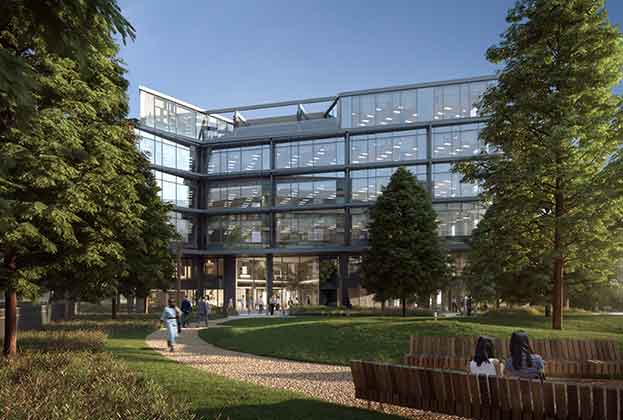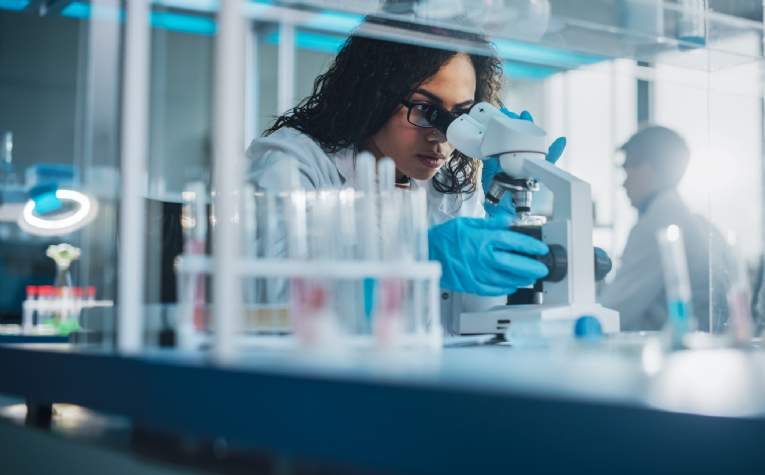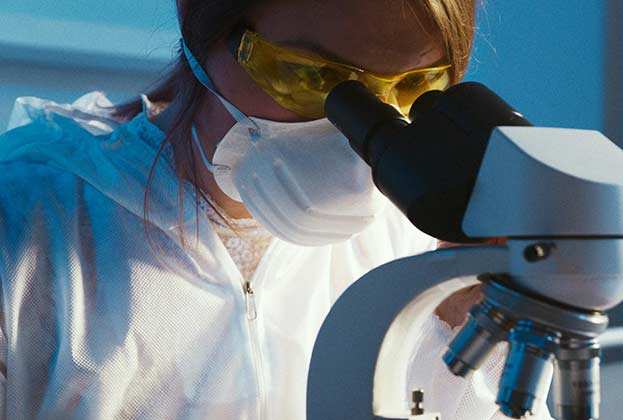While the life science sector in Bristol is still in its infancy, there is an emerging cluster coming to the forefront. In the UK, the Government plans to invest in life sciences, committing an overall national Research & Development (R&D) investment target of £20 billion by 2024-25, while its Life Science Vision sets out to invest 2.4 per cent of GDP in R&D by 2027. This investment is expected to create new opportunities for growth and innovation in the sector and across cities, including Bristol.
Strengthening the role of life sciences in Bristol are several leading research institutions, including the University of Bristol and University of the West of England Bristol, involved in cutting-edge research across life sciences, including biotechnology, pharmaceuticals and medical devices.
Not only are the universities attracting new talent within life sciences and healthcare, but they are enticing people to stay in the city. Currently, Bristol is in the top three cities in the UK attracting 21-40 year olds for inward migration per capita alongside Oxford and Cambridge, reflecting the city’s growing science ecosystem and talent pool. We are starting to see life science companies heading into the city centre or campuses to attract and retain this top talent.
The life sciences ecosystem is being also being driven by Science Creates, a Bristol-based deep tech ecosystem, that helps scientists and engineers accelerate their ideas and build disruptive businesses from scientific discoveries, currently with locations across Bristol in Old Market and St Philips with close proximity to the Universities and train station. Its start-ups encourages innovation and entrepreneurship with additional access to funding, incubator space and accelerators, as well as support from government and public organisations and the education sector.
Being close to the University and hospitals is paramount and we are already starting to see occupiers looking for schemes within the area. Aside from Science Creates, we are also seeing more demand for occupiers looking to take up space within tech-led buildings and creating their own labs within their demise such as Open Bionics.
And the growth is continuing with schemes starting to come through being designed for high tech lab space in the city, demonstrating the demand for Bristol as a thriving hub for science and healthcare. This kind of new investment may pave the way and attract other developers to take forward their plans and those existing life sciences schemes to expand out.
What’s next?
Bristol is a vibrant and diverse city, with a strong and youthful cultural scene, excellent transport links, and a thriving and increasingly expanding food and beverage market, making it an attractive location for people to live and work.
In the last five years, the tech sector has grown from 5 per cent to 35 per cent take-up in the city and life sciences could easily follow in its footsteps with current investment and demand. With its strong links to academic institutions and investment into the sector, Bristol has the potential to become a significant player in the global life sciences industry.
Further information
Five retail and leisure trends to look out for in the post-pandemic era

.jpg)
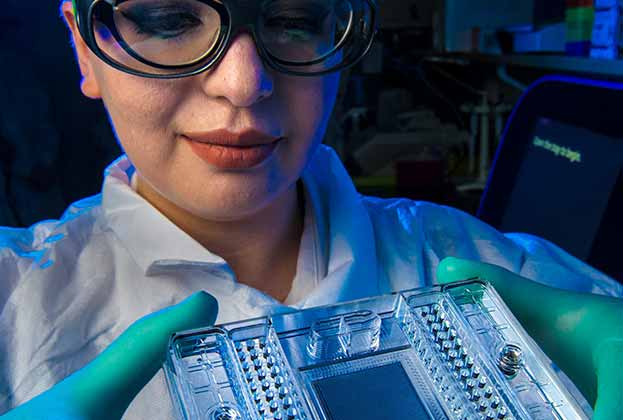
.jpg)
.jpg)
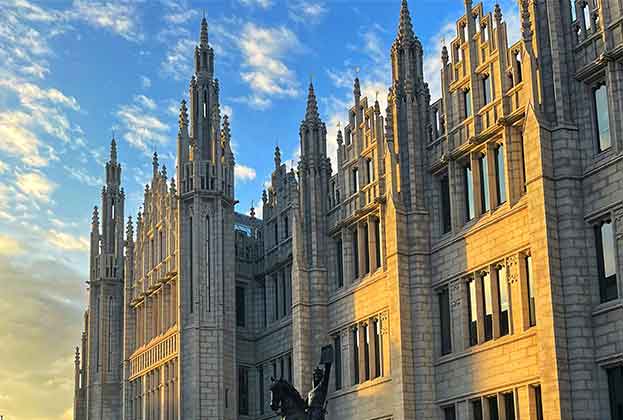
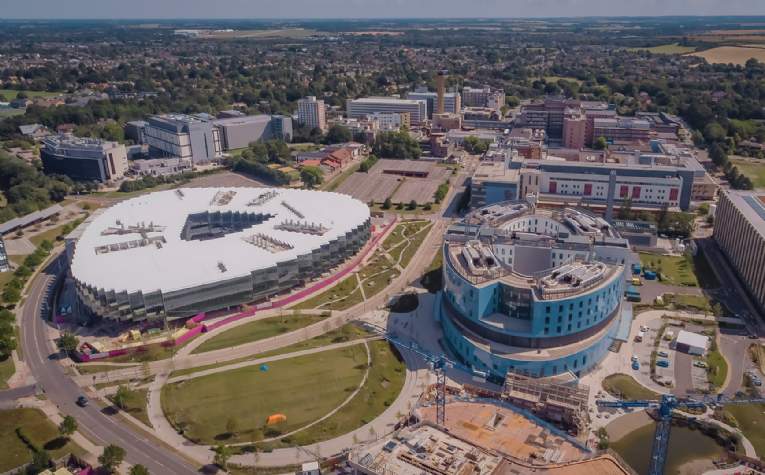
.jpg)
